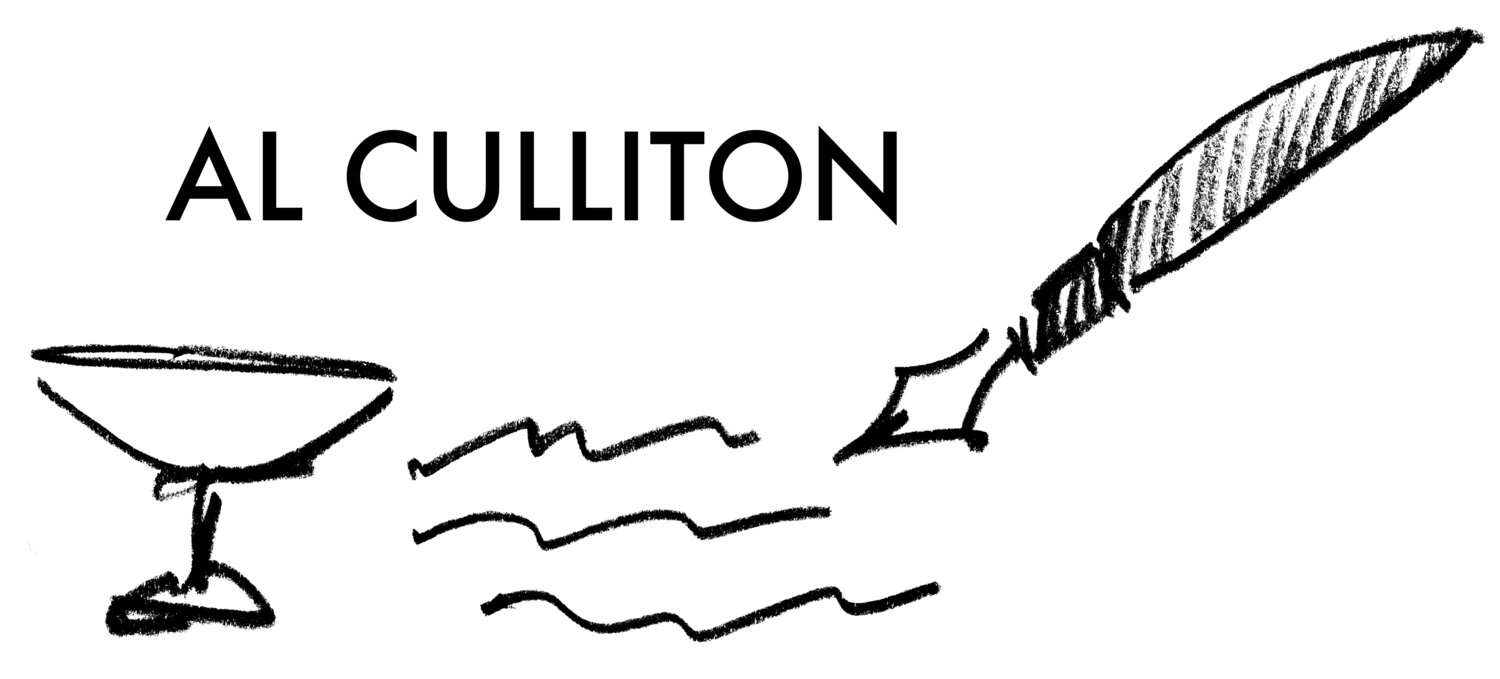FORTIFIED WINE PRIMER
SHERRY, which comes in a range of styles and is produced in a specific region in southern Spain using centuries-old techniques. FINO and MANZANILLA offer a dry, light flavor, while AMONTILLADO and OLOROSO lend a nuttier profile. I rely on Lustau’s excellent products for all my sherry needs. Hidalgo is a close runner up, and Tio Pepe is solid and easy to find. Pedro Ximénez, or PX, sherry is made with a grape of that name, but it’s not used in cocktails very often; it’s very sweet and therefore more suited to playing the role of a dessert wine.
VERMOUTH, most famous for its role in classics like the Manhattan and martini, is not only fortified but also “aromatized” using wormwood leaves, herbs, roots, and spices. I like to use the language of the old cocktail books and categorize vermouth as Italian or French, but to avoid confusion, I won’t! Do, however, follow the rule of looking out for Italian brands for SWEET vermouth, like Cocchi di Torino or Carpano Antica; and French brand Dolin makes great DRY and BLANC vermouths in the Alps. Blanc vermouth, little known in the US until recently, is sweeter than dry vermouth and shows pleasant floral and vanilla flavors. BIANCO is the term for this style if produced in Italy.
PORT (from Portugal!) is made from either red grapes (RUBY and TAWNY styles) or white grapes (WHITE port). Both have grape spirit added before the end of fermentation, which allows the wine to keep its residual sugar. I like ruby best these days, with all its bright red fruit and tannic notes. Tawny possesses more of what I call the “leather-armchair” flavors --- tobacco, dried fruit and wood. For the red styles, look for the superlative brand Quinta do Infantado, but Graham’s, Six Grapes and Sandeman are all good and easy to find; Fonseca Siroco is very nice white port.
QUINQUINA, or CHINATO in Italy, is fortified and aromatized wine and on top of all that, includes quinine. Yes, that’s the stuff in tonic! It’s extracted from cinchona bark, which is native to Peru. This product was the result of colonization; not only was cinchona bark brought to Europe, but its addition to wine was the direct result of the Algerian War. This was part of the effort by France to seize control of much North Africa. The natural anti-malarial properties of quinine made it vital to the colonizer’s efforts. These are often labeled as “aperitifs.” French styles are available in BLANC and ROUGE. Lillet is most ubiquitous, but Byrrh and Dubonnet make excellent products. My favorite producer is Mattei Cap Corse from Corsica. Italian examples are usually red and pricey, mostly in the BAROLO CHINATO style.
MADEIRA is not used quite as often in modern bartending as the above, but in eighteenth-century America, it was the clear favorite. Madeira is produced on a Portugese island by the same name. (Obviously, this island was conquered through colonization; this occurred in 1420 and it remains “part” of Portugal.) Madeira is a wine that’s been heated, oxidized and fortified. The four main types are Sercial, Verdelho, Bual and Malmsey, aka Malvasia; they range from dry to sweet in the order listed here. Henriques & Henriques is my favorite brand; the Rare Wine Co. does a compelling series of bottlings based on what would have been consumed in the pre-Civil-War US; Broadbent’s and Blandy’s are easy to find and solid.
HOW TO STORE: These wines do have a bit of spirit added, but that doesn’t protect them from the effects of temperature, light and air, that can make them deteriorate if they’re left out after they’re opened. Date the bottle on the day you open it. Store in the fridge. The different types vary somewhat in lifespan. They’ll all be great, refrigerated, for up to a month; some can do well for 2 months.
